How to Make Nikujaga (Meat & Potato Stew), Japan’s Classic Comfort Food
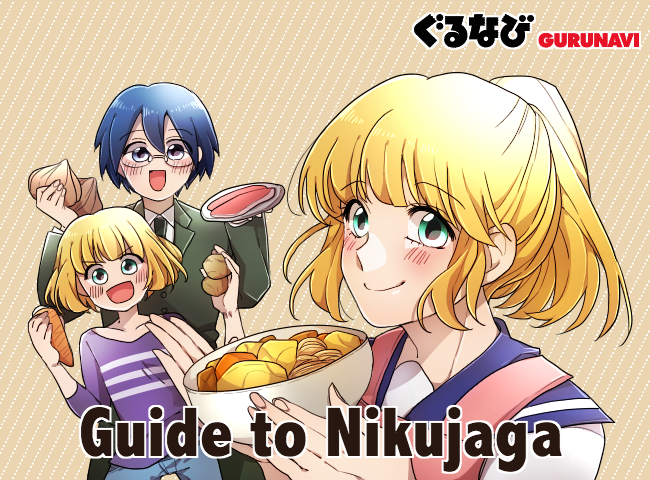

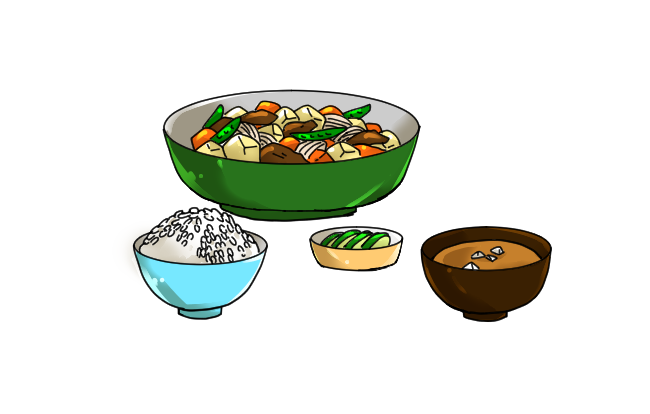
Meat and potatoes are synonymous around the world with good, simple, and hearty food, and Japan is no exception. The Japanese dish of nikujaga (meat and potatoes) evokes the feeling of home cooking, known in Japan as “ofukuro no aji” or “the flavor of mom’s home cooking”. It is also thought to be the dish that girlfriends make for their boyfriends to impress them. Nikujaga is typically eaten packed into a bento lunch box or as part of a traditional Japanese meal served with rice and numerous side dishes.

It was created in the 1800s by the Japanese Imperial Navy, which sought to emulate the beef stew served by the British Royal Navy at the time. Like a western stew, nikujaga contains meat, potatoes, and other ingredients braised together in liquid. However, it’s thinner than western-style stews, making nikujaga more similar to the dish pot au feu dish than a traditional British beef stew.
How to Make Nikujaga: The Ingredients
The main protein found in nikujaga is typically beef, although in the Kanto (eastern) region of Japan you may find it made with pork. The meat can be cut into cubes or strips, or for a quick and economical meal you can use minced beef or pork. Next are the potatoes, peeled, along with wedges of onion and sliced carrot. Garden peas or snow peas in the pod can also be added, as well as shirataki noodles made from konnyaku yam.

The ingredients are simmered together in a dashi-based broth seasoned with soy sauce, sake rice wine, mirin (sweetened rice wine), fresh ginger, and sugar. Some people also like to brown the ingredients in sesame oil or to drizzle a bit of sesame oil over the dish at the end before serving.
How to Make Nikujaga: Tips
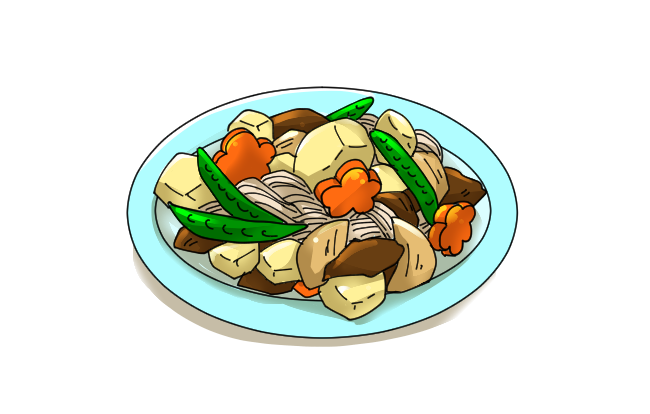
Although nikujaga is a fairly straight-forward dish to make, there are a few extra steps you can take while cooking to ensure that it’s as good as “mom’s home cooking”. First, after peeling and cutting the potatoes to bite size, you’ll want to take a paring knife and round off the cut edges of each piece. This is called “mentori”, and helps to prevent the potatoes from breaking up as they cook, which can make the dish appear cloudy. You can also try using a boiling variety of potato, as they tend to be firmer than baking varieties. For an added touch, you may want to cut the carrot slices with a flower-shaped cutting mold before cooking.
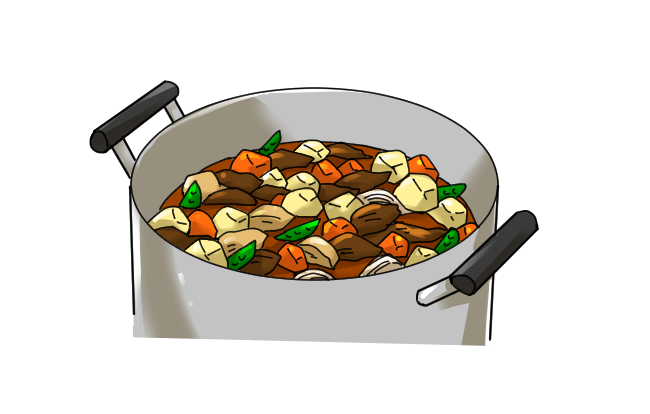
Next, you’ll want to lightly blanch any vegetables that may become discolored during the cooking process, such as garden peas, snow peas, and carrots, in order to allow shorter cooking time and preserve their vivid colors.
If you’re using shirataki noodles, they will also need to be prepped before being added to nikujaga. Upon opening the package of noodles, you may notice a certain fishy smell. This is completely natural and can be removed prior to cooking. Rinse the noodles under cold water, boil for a few minutes, and then drain and rinse again to remove any unpleasant odors.
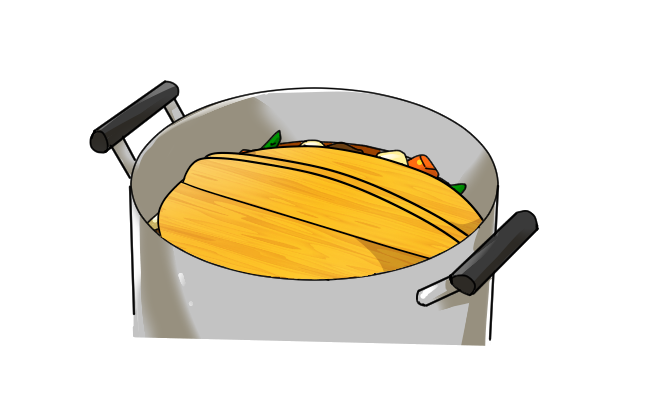
The final technique for making the perfect nikujaga is to use an “otoshi-buta” or “drop lid”. Once all of the ingredients are together and the dish is brought to a boil, turn the temperature down to a low simmer and cover the ingredients with a drop lid—a lid that’s smaller than the pot you’re cooking with—to keep the ingredients from falling apart while cooking.
Nikujaga Recipe

Serves 4-6
Ingredients
● 1 large onion
● 2 medium carrots
● 2 large potatoes
● 100g snow peas, green beans or peas
● 1 packet (150g) shirataki noodles
● 2 tablespoons vegetable oil
● 300g thinly sliced beef
● 4 tablespoons mirin
● 4 tablespoons soy sauce
● ⅓ cup sake
● 2 cups (500ml) dashi
● 1 1/2 tablespoons sugar
● ½ teaspoon salt
Method
1. First, prepare the vegetables. Cut the onions in half, and then into wedges about 1cm wide. Halve the carrot lengthways, then cut into pieces. Blanch the greens for about 30 seconds, then refresh in cold water.
2. Rinse and drain noodles, cook for 1 minute in boiling water, then drain and set aside.
3. Heat oil in a large, heavy-based saucepan over a medium-low heat. Add onions, coat with oil, and cook for about 5 minutes, until softened.
4. Add meat and saute until about 80% cooked.
5. Add potatoes, carrots and noodles.
6. Add dashi and seasonings, increase heat to medium-high, bring mixture to the boil, then reduce heat to low.
7. Make sure all ingredients are flat and covered by liquid, cover with otoshibuta (or a lid smaller than the pan width, so it can sit on the nikujaga) and simmer for about 20 minutes, without stirring, until carrots and potatoes are just tender.
8. Check seasoning for sugar and salt, then add greens to warm just before serving, and stir gently through.
Try Nikujaga for a Nourishing and Warming Japanese Meal
For a true taste of Japanese home cooking, look no further than the beloved meat-and-potatoes dish of nikujaga. It’s simple to make at home, or if you’re in Japan, check out Gurunavi’s list of restaurants where you can try nikujaga.








